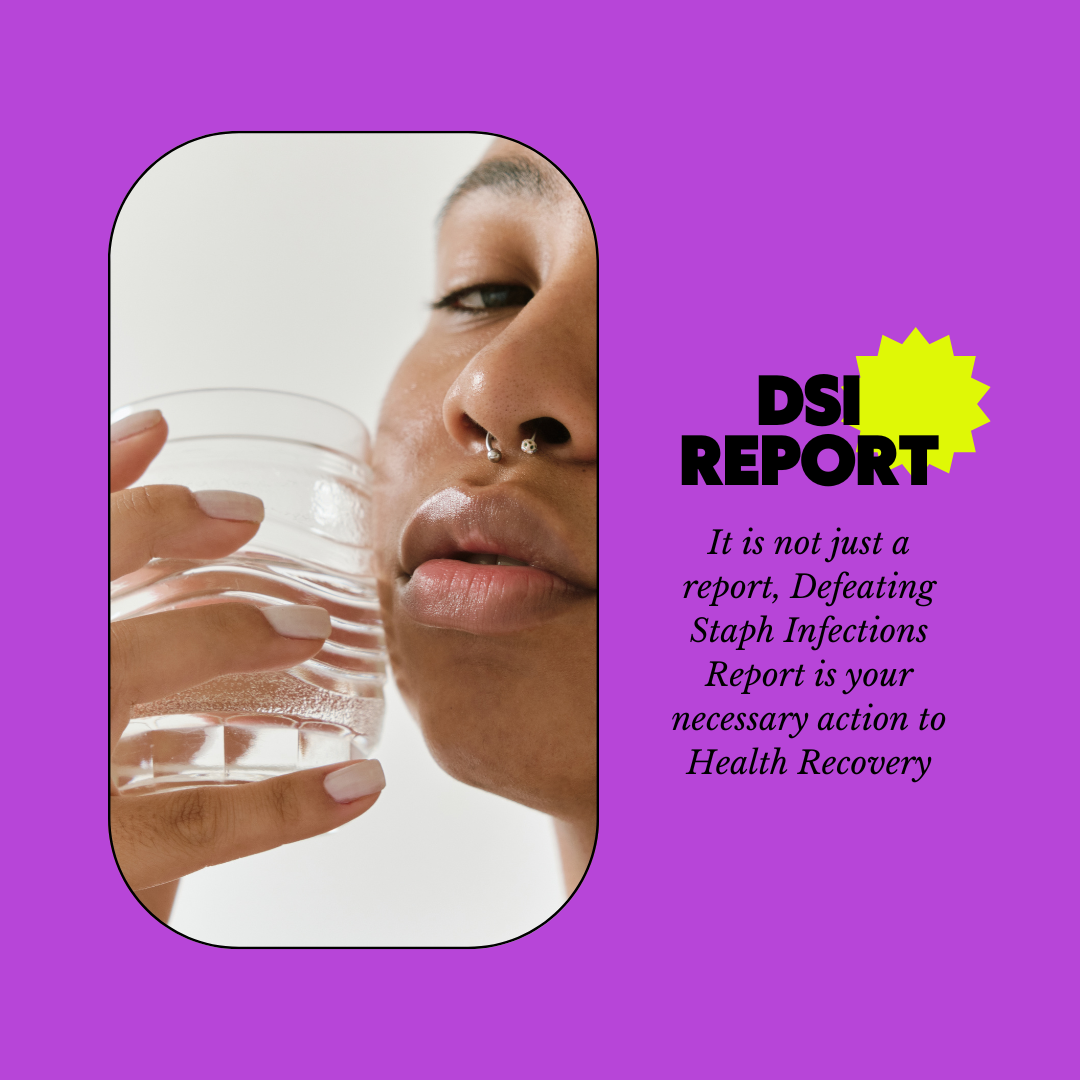What is the importance of screening healthcare workers for Staphylococcus carriage?
Screening healthcare workers for Staphylococcus carriage, particularly for Methicillin-resistant Staphylococcus aureus (MRSA), is a significant practice in healthcare settings for several reasons. This strategy aims to identify carriers of the bacteria to implement appropriate measures that prevent transmission to patients and other staff members. Here are the key points outlining the importance of this screening:
1. Identifying Asymptomatic Carriers:
Many people, including healthcare workers, can be asymptomatic carriers of Staphylococcus, especially MRSA. They carry the bacteria, usually in their nose or on their skin, without any signs of infection. These carriers can unknowingly transmit the bacteria to patients or other healthcare workers, particularly in environments like hospitals where invasive procedures or compromised immune systems increase infection risks.
2. Preventing Hospital-Acquired Infections (HAIs):
Hospital-acquired infections are a significant concern in healthcare settings, leading to increased morbidity, mortality, and healthcare costs. By identifying carriers among healthcare workers, effective measures such as decolonization (using nasal ointments or antiseptic body washes) can be undertaken to reduce the risk of transmitting MRSA to patients.
3. Targeted Interventions:
Screening allows for targeted interventions, such as isolating carriers, implementing stringent hygiene practices for those individuals, or temporary reassignment from high-risk areas. These actions can specifically address the potential routes of transmission and effectively control the spread within the facility.
4. Improving Patient Outcomes:
Reducing the incidence of MRSA and other Staphylococcus infections leads to better patient outcomes. This includes lower rates of complications, reduced lengths of hospital stays, decreased need for antibiotic use, and overall improved patient safety in healthcare environments.
5. Monitoring and Evaluating Infection Control Strategies:
Regular screening helps monitor the effectiveness of current infection control measures and provides data to refine those strategies. It aids in understanding how bacteria spread within healthcare settings and assesses the impact of preventive measures over time.
6. Cost-Effectiveness:
While screening and subsequent interventions involve costs, they are generally cost-effective compared to the expenses associated with treating hospital-acquired infections, which include extended hospital stays, additional treatments, and other indirect costs such as patient isolation and increased use of healthcare resources.
7. Building Trust and Safety:
Knowing that a healthcare facility actively screens and takes measures to prevent infections can build trust among patients and staff. It underscores a commitment to safety and quality in patient care.
Despite these benefits, the approach to screening healthcare workers for Staphylococcus carriage can vary widely between different institutions and depends on factors like the prevalence of MRSA in the community, the type of patients cared for (e.g., high-risk populations like intensive care units, neonatal units), and the resources available for screening and follow-up actions. Some guidelines recommend screening in specific scenarios or outbreaks rather than as a routine practice for all healthcare workers. These decisions are typically based on a careful risk assessment and the latest clinical guidelines to ensure the most effective and practical application of resources in preventing infections.






Post a Comment